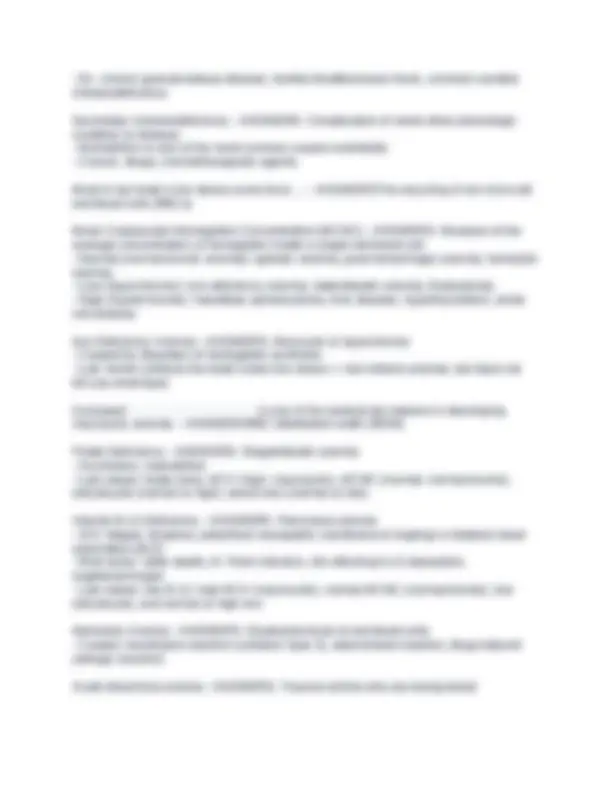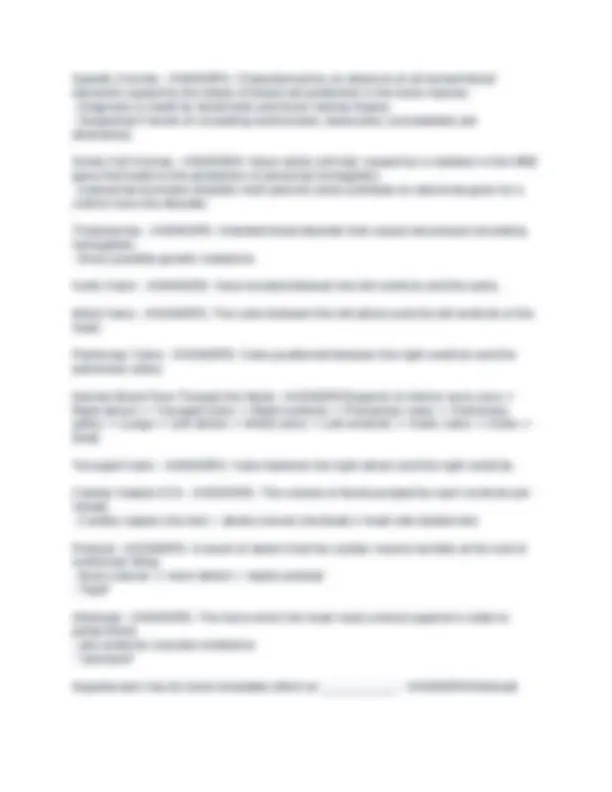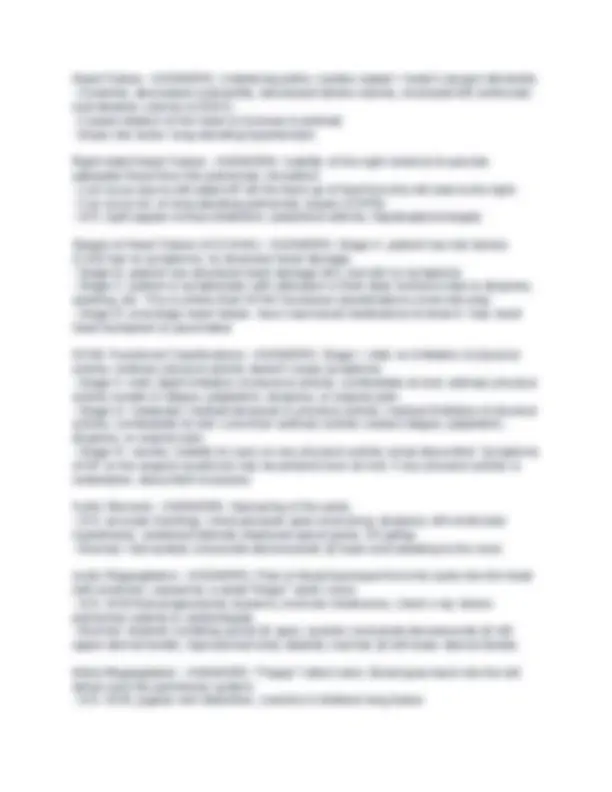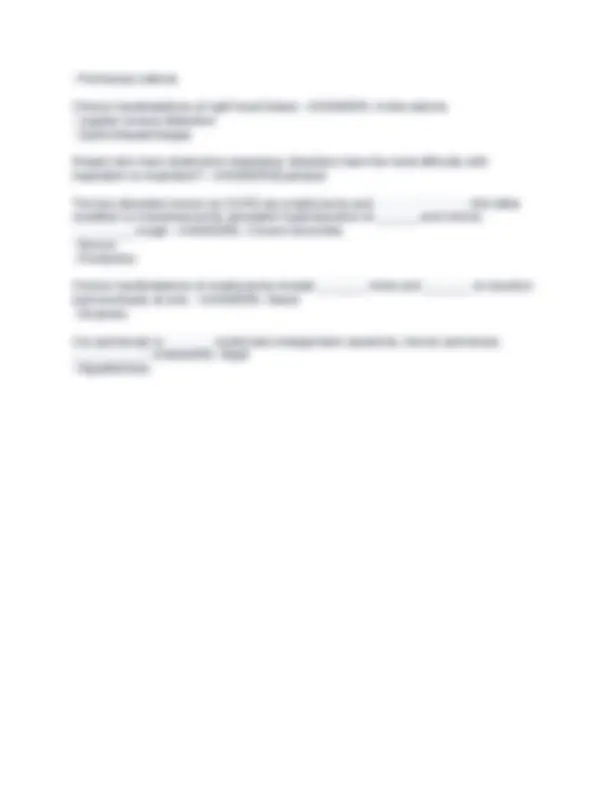






Study with the several resources on Docsity

Earn points by helping other students or get them with a premium plan


Prepare for your exams
Study with the several resources on Docsity

Earn points to download
Earn points by helping other students or get them with a premium plan
Community
Ask the community for help and clear up your study doubts
Discover the best universities in your country according to Docsity users
Free resources
Download our free guides on studying techniques, anxiety management strategies, and thesis advice from Docsity tutors
A comprehensive set of questions and answers covering key concepts in immunology, hematology, and cardiovascular systems. It explores various types of hypersensitivity reactions, autoimmune and alloimmune disorders, different types of anemia, and essential aspects of cardiovascular physiology. Particularly useful for students studying medical sciences, nursing, or related fields.
Typology: Exams
1 / 8

This page cannot be seen from the preview
Don't miss anything!





Type 1 Hypersensitivity Reaction - ANSWERS- "Allergic reaction"
Systemic Lupus Erythematosus (SLE) - ANSWERS- Facial rash confined to the cheeks (malar rash)
Aplastic Anemia - ANSWERS- Characterized by an absence of all formed blood elements caused by the failure of blood cell production in the bone marrow.
Heart Failure - ANSWERS- Underlying patho: cardiac output < body's oxygen demands.